Home>Gardening & Outdoor>Landscaping Ideas>How Big Does Pink Muhly Grass Get
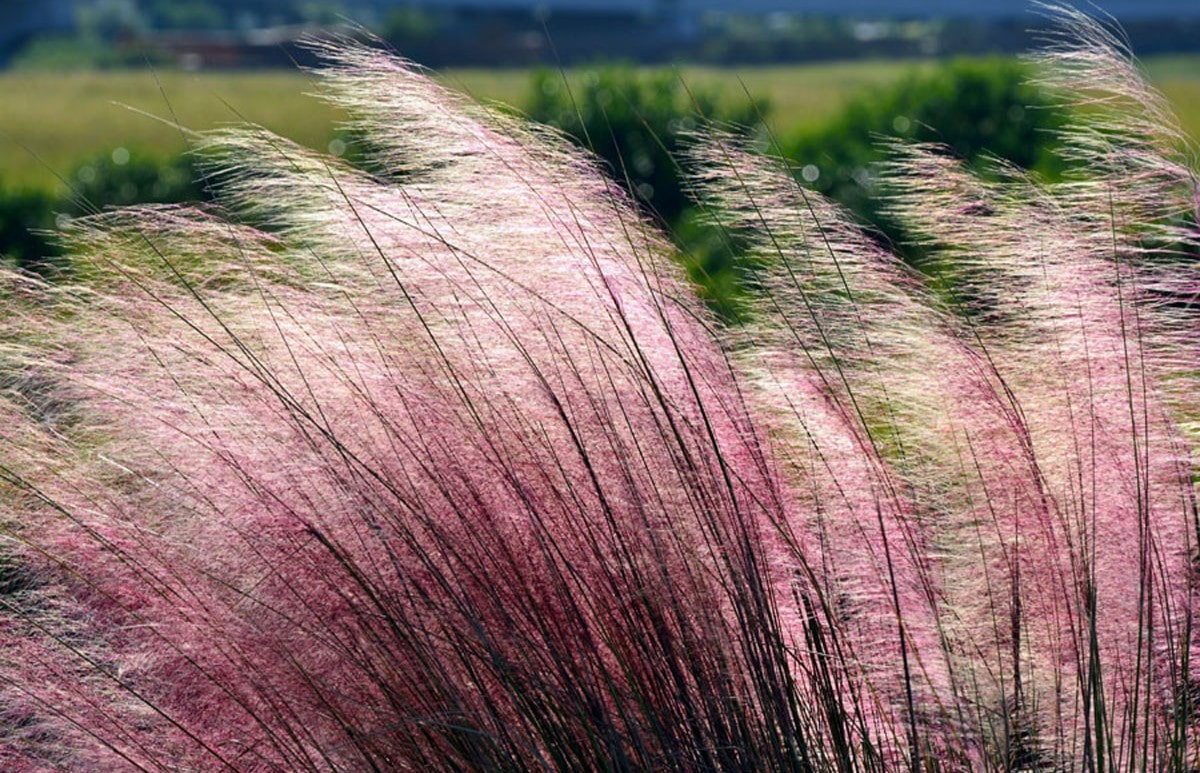

Landscaping Ideas
How Big Does Pink Muhly Grass Get
Published: January 27, 2024
Discover landscaping ideas with Pink Muhly Grass and learn how big it can get. Find tips for incorporating this stunning ornamental grass into your outdoor space.
(Many of the links in this article redirect to a specific reviewed product. Your purchase of these products through affiliate links helps to generate commission for Storables.com, at no extra cost. Learn more)
Introduction
When it comes to creating a stunning landscape, the choice of plants can make all the difference. Pink Muhly Grass, scientifically known as Muhlenbergia capillaris, is a captivating ornamental grass that can add a touch of elegance and charm to any outdoor space. This native American grass is celebrated for its delicate, feathery pink plumes that gracefully sway in the breeze, creating a mesmerizing visual display.
Whether you’re a landscaping enthusiast or a homeowner looking to elevate the allure of your garden, understanding the characteristics, growing conditions, and maintenance requirements of Pink Muhly Grass can empower you to make informed decisions about incorporating this enchanting plant into your outdoor haven.
In this comprehensive guide, we’ll delve into the captivating world of Pink Muhly Grass, exploring its unique attributes, optimal growing conditions, maintenance needs, and versatile landscaping applications. By the end of this journey, you’ll be equipped with the knowledge to harness the beauty of Pink Muhly Grass and transform your outdoor space into a breathtaking oasis.
Key Takeaways:
- Pink Muhly Grass, with its delicate pink plumes and low maintenance needs, adds whimsical charm to any landscape, making it a versatile and captivating choice for gardens and outdoor spaces.
- Whether as a focal point or mass planting, Pink Muhly Grass offers enchanting beauty and seasonal interest, enriching outdoor environments with its ethereal presence and captivating ornamental features.
Read more: How Big Does Muhly Grass Get
Characteristics of Pink Muhly Grass
Pink Muhly Grass, also known as hairawn muhly, is a herbaceous perennial grass renowned for its ethereal appearance and striking ornamental features. This grass typically reaches a height and spread of 2 to 3 feet, forming dense, billowing clumps that add texture and movement to the landscape. Its most notable feature is the profusion of delicate, airy pink to pinkish-red flower spikes that emerge in late summer and persist throughout the fall, creating a spectacle of color and motion.
The foliage of Pink Muhly Grass consists of narrow, arching leaves that transition from blue-green in the spring and summer to a stunning coppery-orange hue in the fall. This seasonal transformation further enhances the visual appeal of this grass, making it a dynamic and ever-changing element in the garden. Additionally, Pink Muhly Grass is a warm-season grass, meaning it thrives in the heat of summer and is dormant during the cooler months.
As a native grass to the southeastern United States, Pink Muhly Grass is well-adapted to a variety of soil types, including sandy, loamy, and clay soils, as long as they are well-draining. It is also remarkably resilient to drought once established, making it an excellent choice for water-wise landscapes. Furthermore, this grass is deer-resistant, adding a practical advantage for gardeners in areas with high deer populations.
With its ethereal plumes, graceful foliage, and adaptability to diverse soil and climate conditions, Pink Muhly Grass stands as a captivating and low-maintenance addition to any landscape, offering year-round interest and a touch of whimsical elegance.
Growing Conditions
Creating an optimal environment for Pink Muhly Grass is essential for ensuring its vigorous growth and abundant ornamental display. This resilient grass thrives in full sun, basking in at least six hours of direct sunlight daily. Adequate sunlight not only promotes the development of its iconic pink plumes but also contributes to the plant’s overall vigor and resilience.
When it comes to soil, Pink Muhly Grass is relatively adaptable, tolerating a wide range of soil types, including sandy, loamy, and clay soils. However, it thrives in well-draining soil and is sensitive to waterlogged conditions, which can lead to root rot. Therefore, it is crucial to ensure that the planting site offers good drainage to prevent water from pooling around the roots.
While Pink Muhly Grass exhibits remarkable drought tolerance once established, consistent moisture is crucial during its initial establishment phase. Therefore, regular watering is essential during the first growing season to encourage robust root development. Once the plant is well-established, it can withstand dry spells and is well-suited to xeriscapes and low-water landscapes.
As a warm-season grass, Pink Muhly Grass thrives in regions with hot summers and mild winters. It is well-suited to USDA hardiness zones 6 to 9, where it can flourish in the heat of summer and withstand occasional frosts in the winter. In colder climates, providing a layer of mulch around the base of the plant in late fall can offer added protection from harsh winter conditions.
By creating an environment characterized by ample sunlight, well-draining soil, and appropriate moisture levels, you can set the stage for Pink Muhly Grass to thrive and grace your landscape with its enchanting presence.
Pink Muhly Grass can grow up to 3-4 feet tall and wide, so make sure to give it plenty of space to spread out in your garden or landscape.
Maintenance and Care
One of the most appealing aspects of Pink Muhly Grass is its minimal maintenance requirements, making it a hassle-free addition to any landscape. Once established, this resilient grass demonstrates remarkable adaptability and requires little intervention to thrive and maintain its ornamental allure.
Regular watering is crucial during the initial establishment phase, typically the first growing season, to facilitate robust root development. After this period, Pink Muhly Grass showcases impressive drought tolerance and can thrive with minimal supplemental watering, particularly in regions with adequate rainfall. However, during prolonged dry spells, providing occasional deep watering can help support healthy growth and flowering.
Pruning Pink Muhly Grass is generally minimal and is primarily focused on removing spent flower stalks and old foliage. In late winter or early spring, before new growth emerges, the grass can be cut back to a height of 4 to 6 inches to make way for fresh growth and encourage a tidy appearance. This rejuvenation pruning also helps promote vigorous flowering in the upcoming season.
Fertilization is typically unnecessary for Pink Muhly Grass when grown in a garden setting. Excessive fertilization can lead to lush foliage at the expense of the plant’s signature airy plumes. However, in poor soil conditions, a light application of a balanced, slow-release fertilizer in early spring can provide a gentle boost to the grass without promoting excessive vegetative growth.
While Pink Muhly Grass is generally resistant to pests and diseases, keeping an eye out for signs of stress or infestations is important for maintaining the plant’s health. Inspecting the foliage and base of the grass periodically can help identify any issues early, allowing for prompt intervention if necessary.
By adhering to these straightforward maintenance practices, you can ensure that Pink Muhly Grass flourishes and continues to enchant with its delicate pink plumes and graceful foliage, requiring minimal effort to maintain its captivating allure.
Uses in Landscaping
Pink Muhly Grass is a versatile and visually captivating plant that lends itself to a myriad of landscaping applications, adding charm, texture, and seasonal interest to outdoor spaces. Whether used as a focal point, a mass planting, or a complement to other garden elements, this ornamental grass offers an array of creative possibilities for enhancing the aesthetic appeal of landscapes.
As a stand-alone specimen, Pink Muhly Grass can serve as a striking focal point in the garden, particularly when planted in groups to create a dramatic visual impact. The feathery pink plumes and graceful, arching foliage create a soft and ethereal effect, making it an ideal centerpiece for beds, borders, or open expanses within the landscape.
When used en masse, Pink Muhly Grass can form expansive swaths of color and texture, especially when planted on slopes or in naturalized settings. The billowing pink plumes create a mesmerizing sea of delicate hues, particularly when swaying in the breeze, adding a sense of movement and whimsy to the landscape.
Furthermore, Pink Muhly Grass can be integrated into mixed perennial borders, where its airy texture and seasonal color transitions complement a wide range of flowering plants. When juxtaposed with bold, architectural plants or vibrant blooms, the delicate nature of Pink Muhly Grass creates a captivating contrast, adding depth and dimension to the overall composition.
Additionally, this graceful grass is well-suited to container gardening, where it can be showcased on patios, terraces, or as a focal point in mixed container arrangements. Its compact size and enchanting visual appeal make it an excellent choice for adding a touch of elegance to outdoor living spaces.
Whether used as a focal point, a mass planting, or a complementary element, Pink Muhly Grass offers a versatile and enchanting presence in the landscape, enriching outdoor environments with its ethereal beauty and captivating ornamental features.
Read more: How Tall Does Pink Muhly Grass Get
Conclusion
In conclusion, Pink Muhly Grass stands as a captivating and versatile addition to any landscape, offering a host of ornamental and practical benefits. With its delicate, feathery pink plumes and graceful, arching foliage, this native American grass adds a touch of whimsy and elegance to outdoor spaces, captivating the eye and stirring the imagination.
Its adaptability to a range of soil types, impressive drought tolerance, and minimal maintenance requirements make it an attractive choice for both seasoned gardeners and landscaping enthusiasts. Whether used as a focal point, a mass planting, or a complementary element in mixed borders, Pink Muhly Grass lends itself to a myriad of creative landscaping applications, enriching outdoor environments with its ethereal beauty and seasonal interest.
By understanding the optimal growing conditions and straightforward maintenance needs of Pink Muhly Grass, individuals can harness its enchanting allure to transform their outdoor havens into breathtaking oases. Whether adorning residential gardens, public parks, or commercial landscapes, the timeless charm and visual appeal of Pink Muhly Grass continue to captivate and inspire, adding a touch of grace and sophistication to the natural world.
Embracing the enchanting world of Pink Muhly Grass opens the door to a realm of creativity and natural beauty, inviting individuals to explore the endless possibilities for incorporating this captivating ornamental grass into their outdoor landscapes. With its delicate plumes dancing in the breeze and its graceful foliage transitioning with the seasons, Pink Muhly Grass stands as a testament to the enduring allure of nature and the transformative power of ornamental plants in the garden.
Curious about more than just the general size of Pink Muhly Grass? If height specifics pique your interest, our next piece dives into how tall this ornamental grass can soar. Perfect for those considering this plant for strategic garden layering or seeking height contrasts, the detailed guide offers key insights that could reshape your landscaping approach. Don't miss out on valuable gardening advice that might just be the cherry on top for your outdoor sanctuary.
Frequently Asked Questions about How Big Does Pink Muhly Grass Get
Was this page helpful?
At Storables.com, we guarantee accurate and reliable information. Our content, validated by Expert Board Contributors, is crafted following stringent Editorial Policies. We're committed to providing you with well-researched, expert-backed insights for all your informational needs.
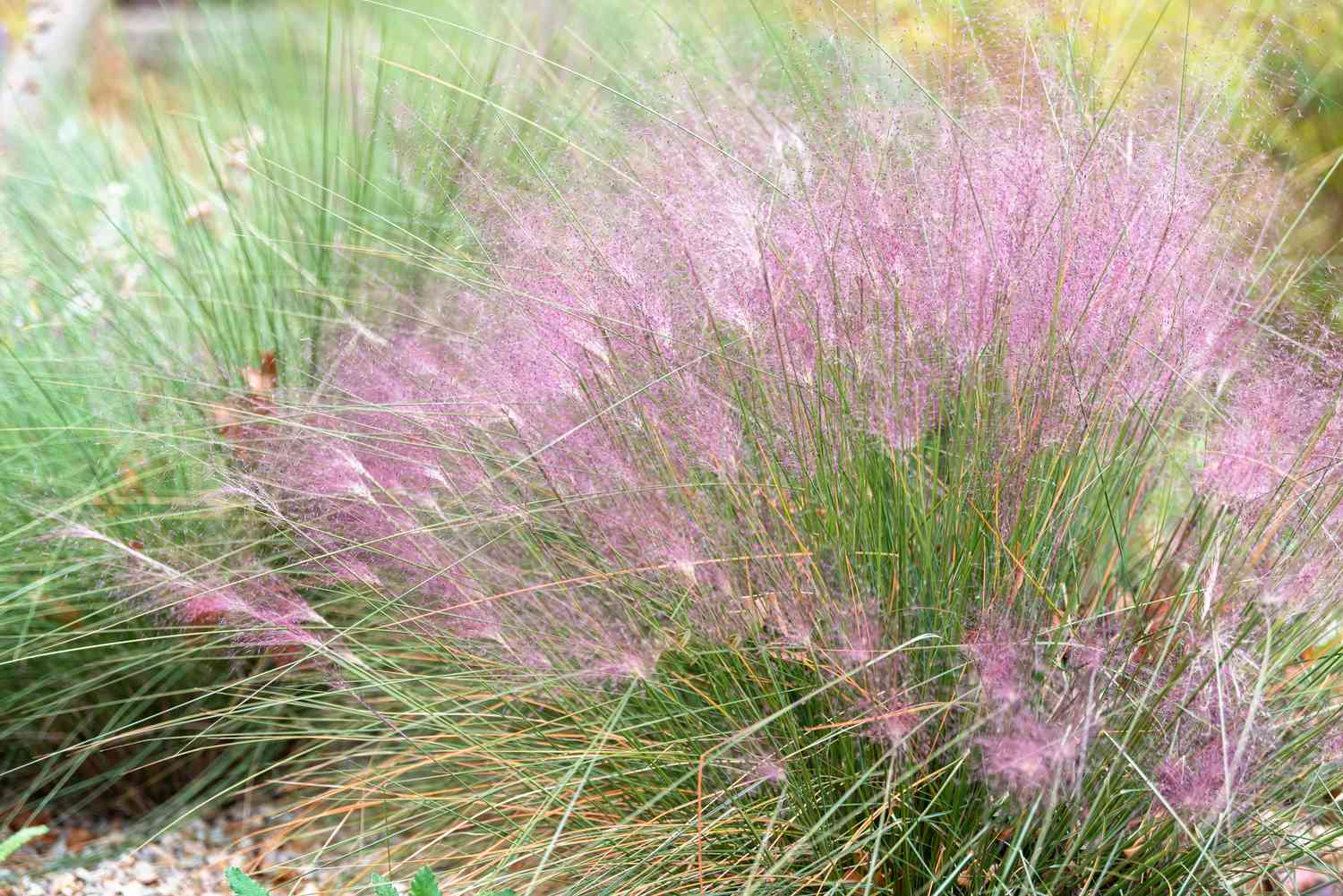
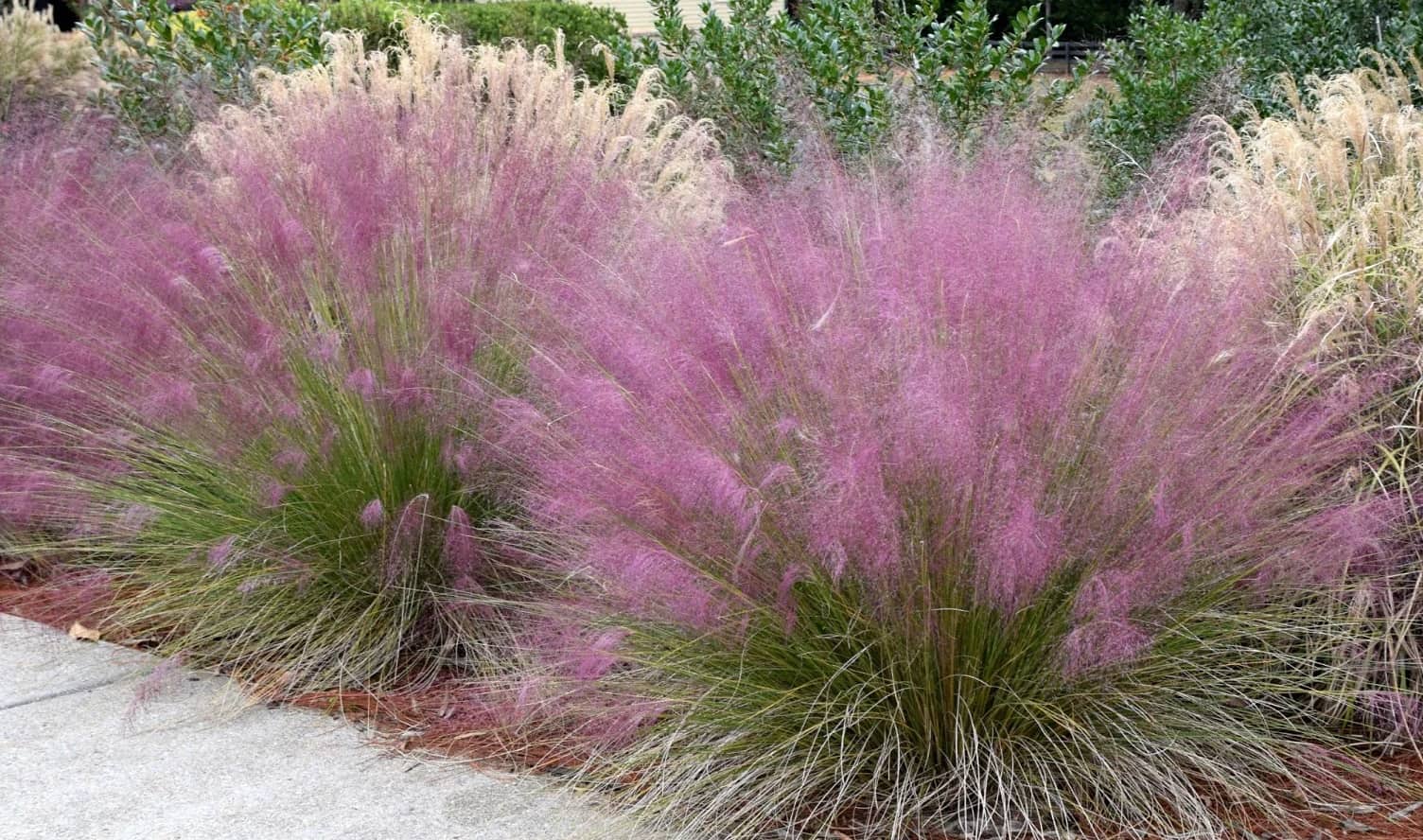
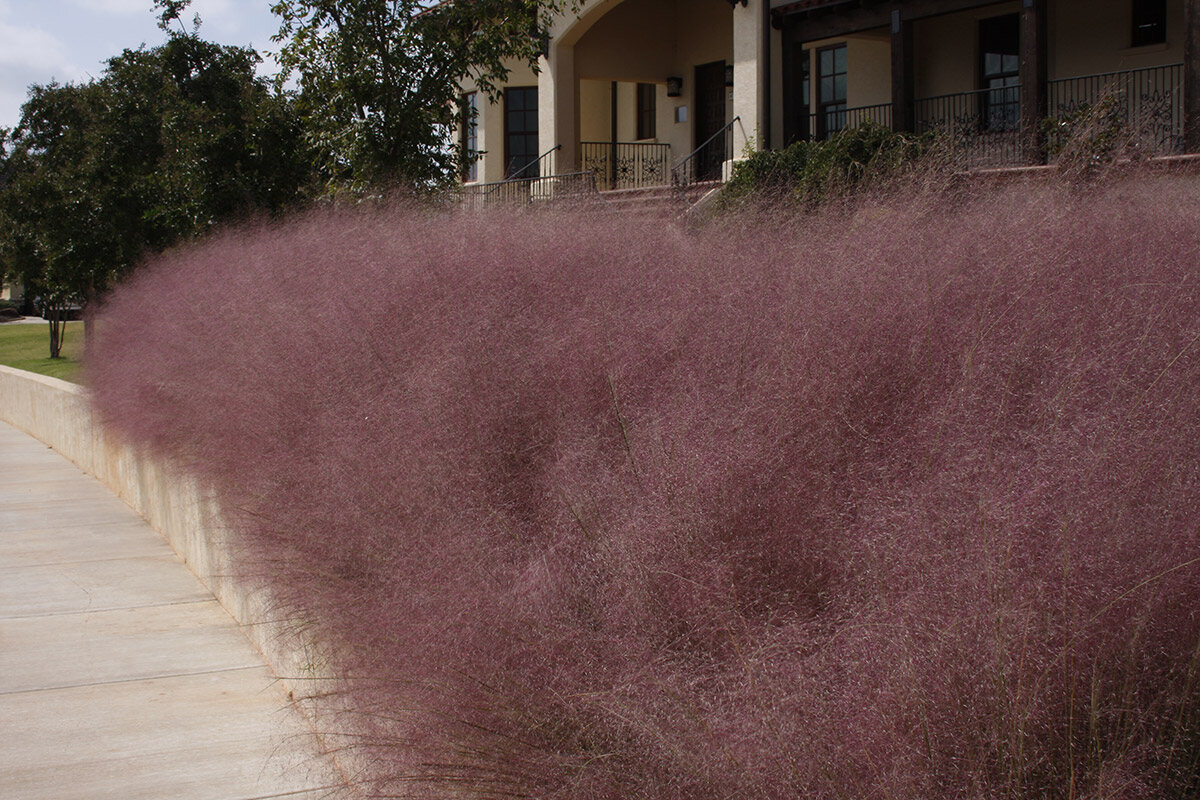
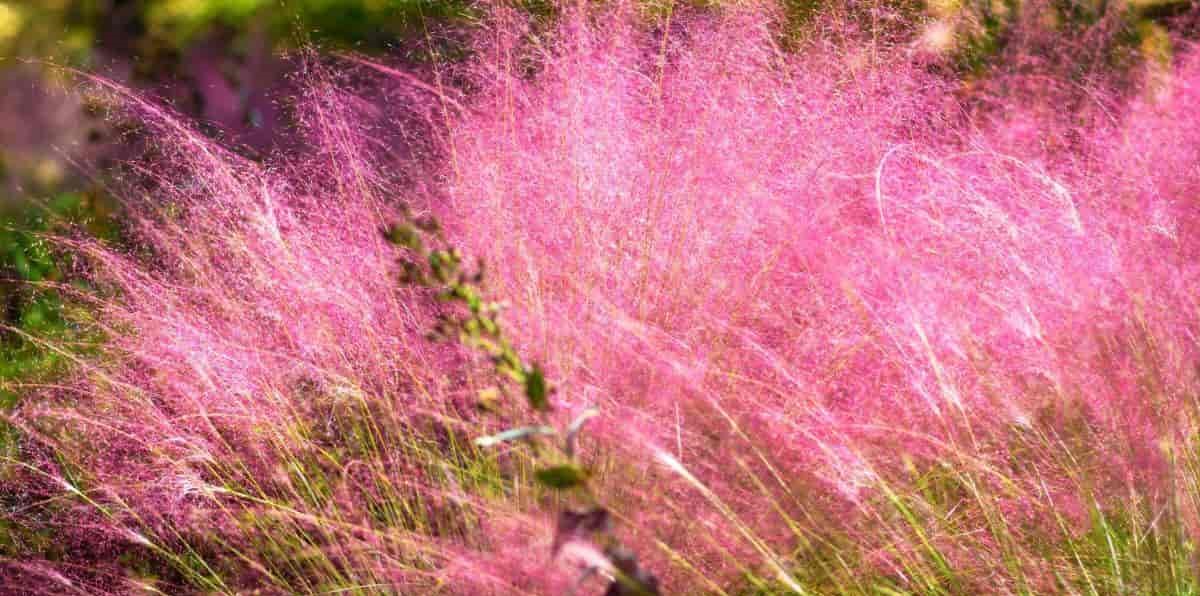
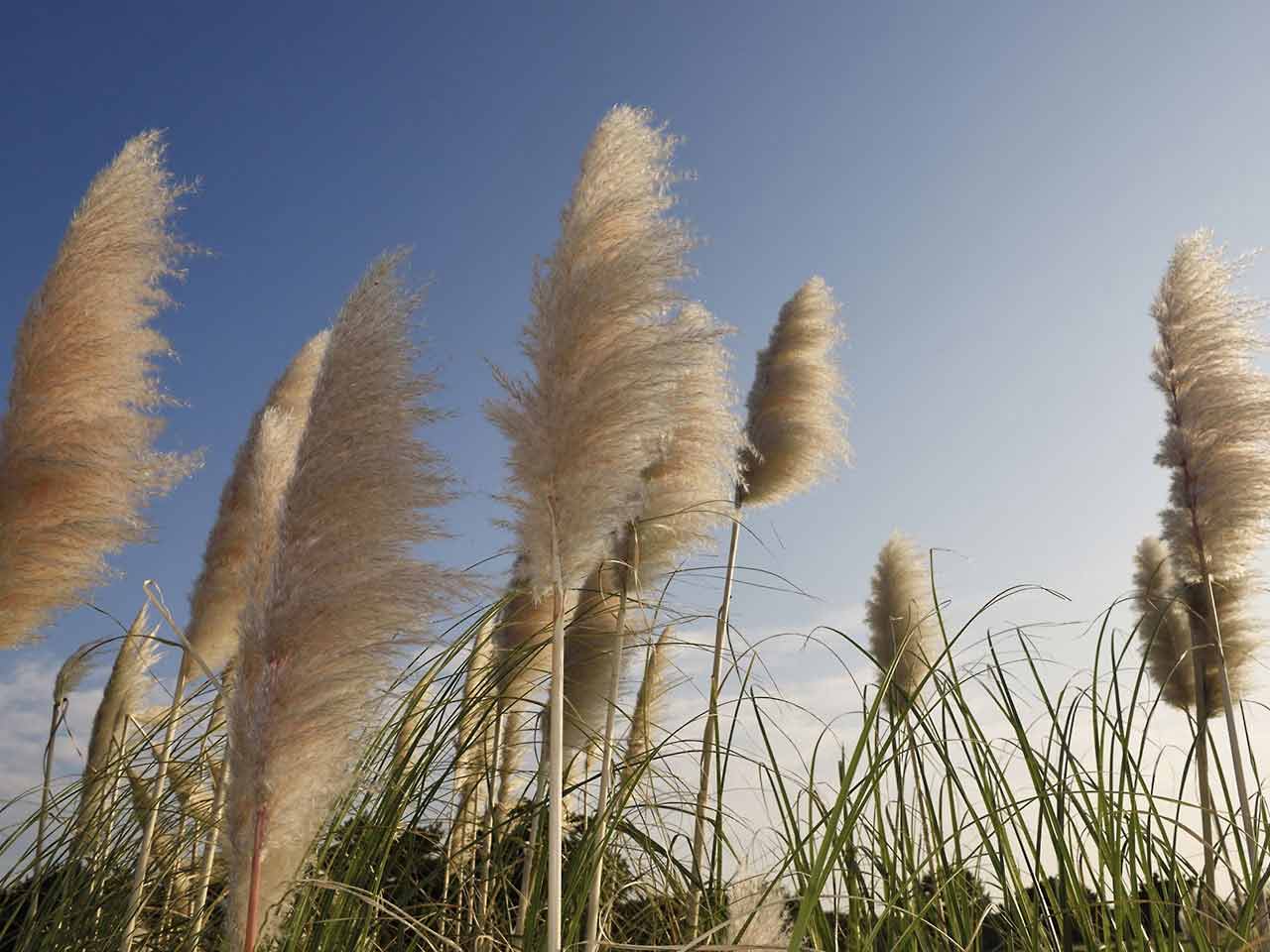
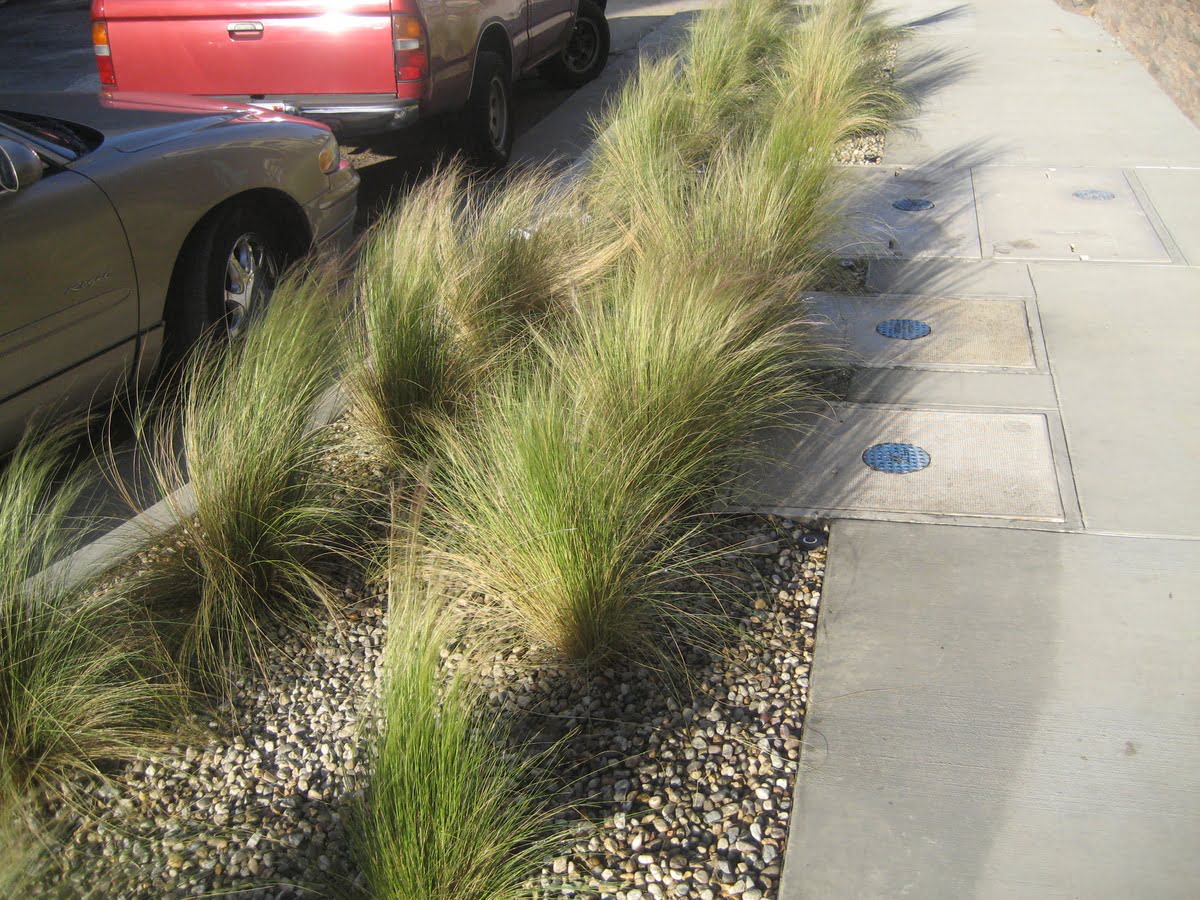
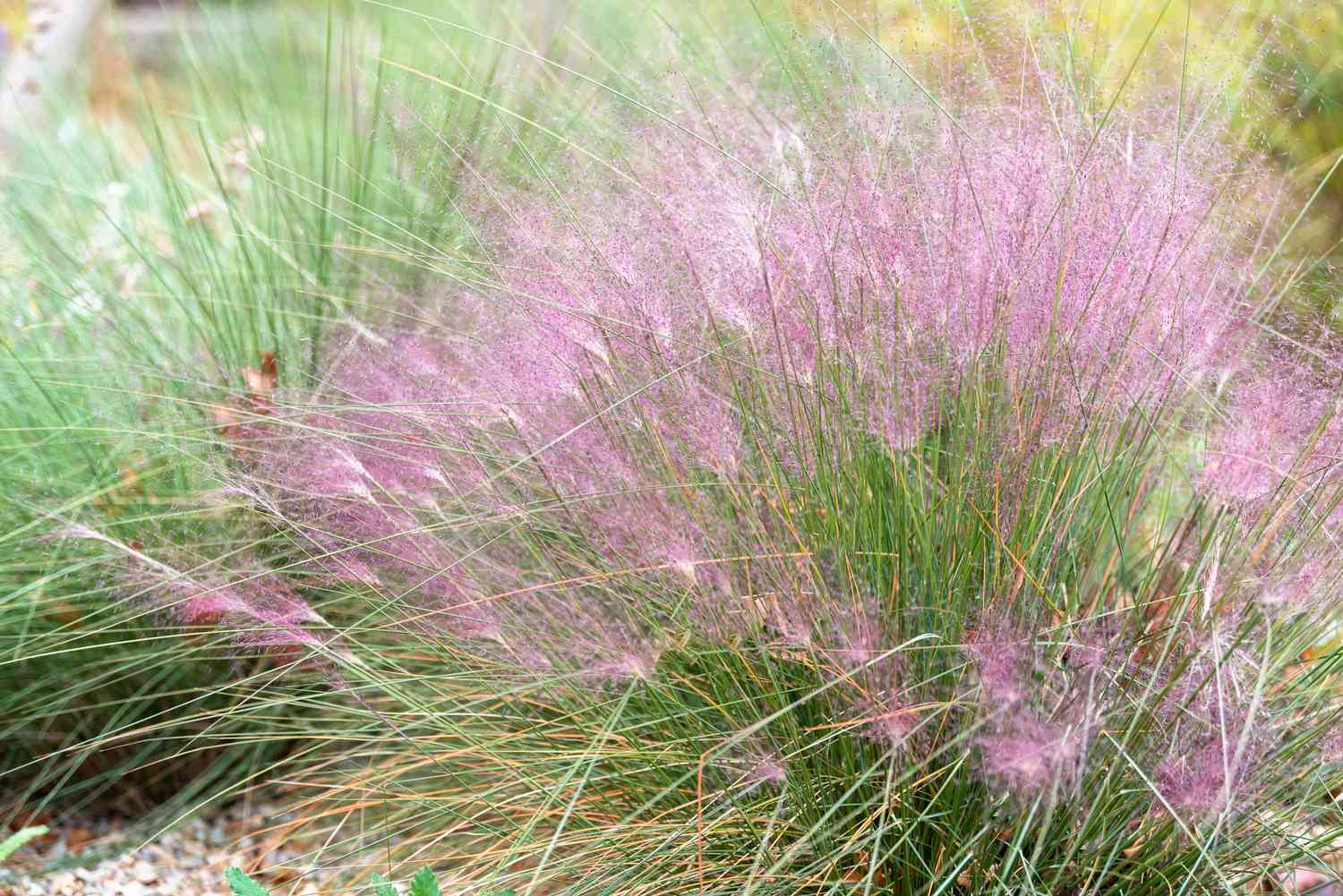
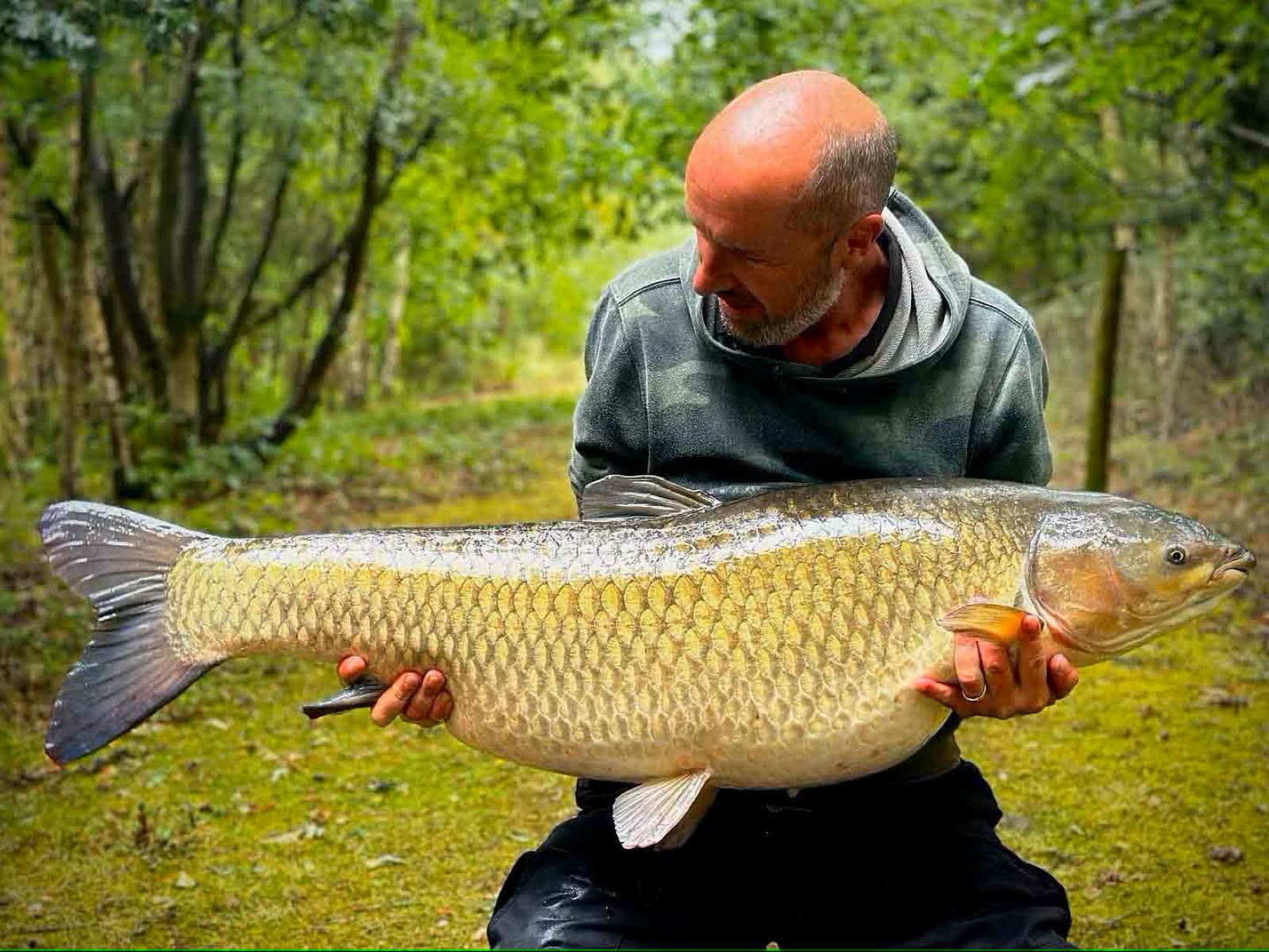
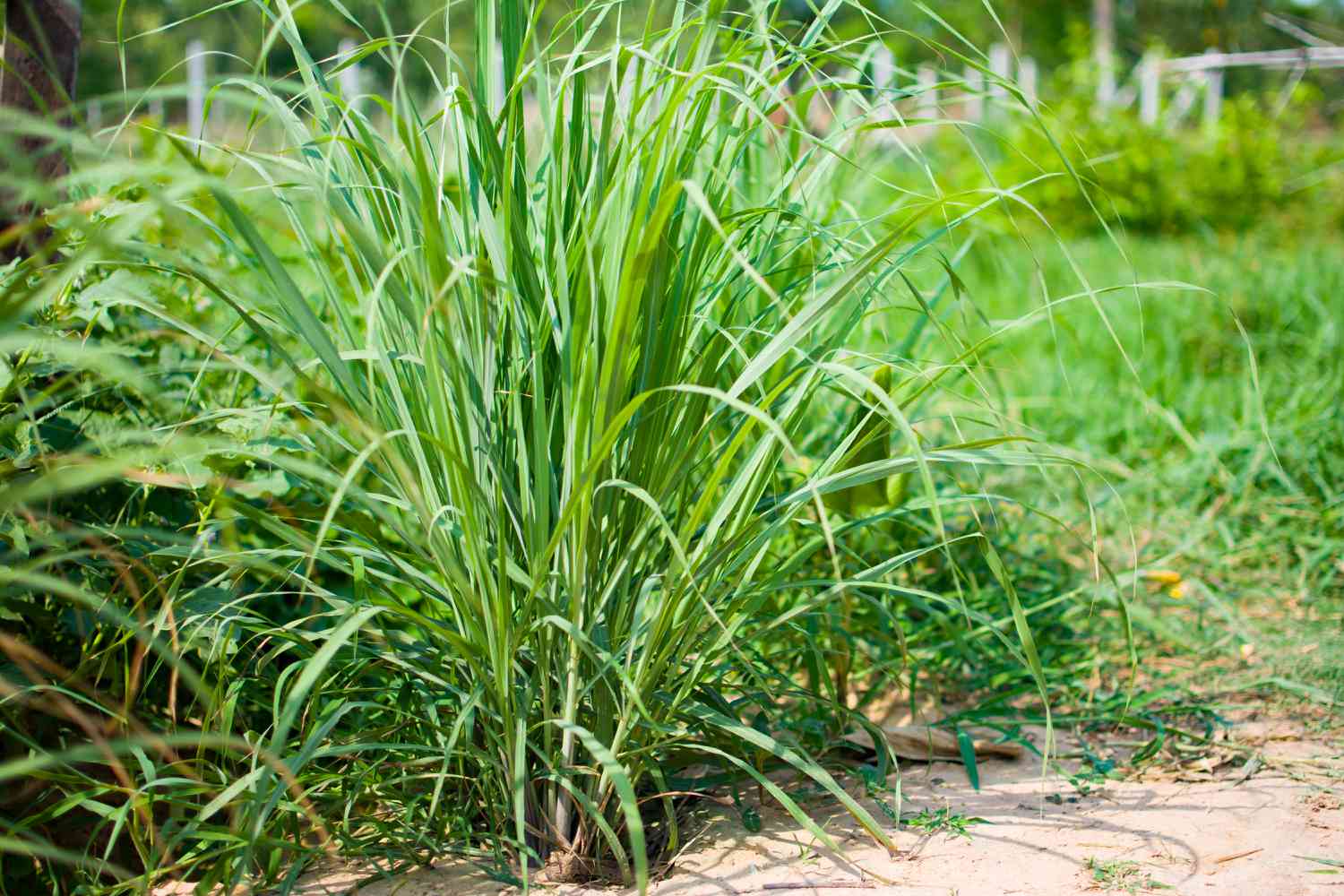

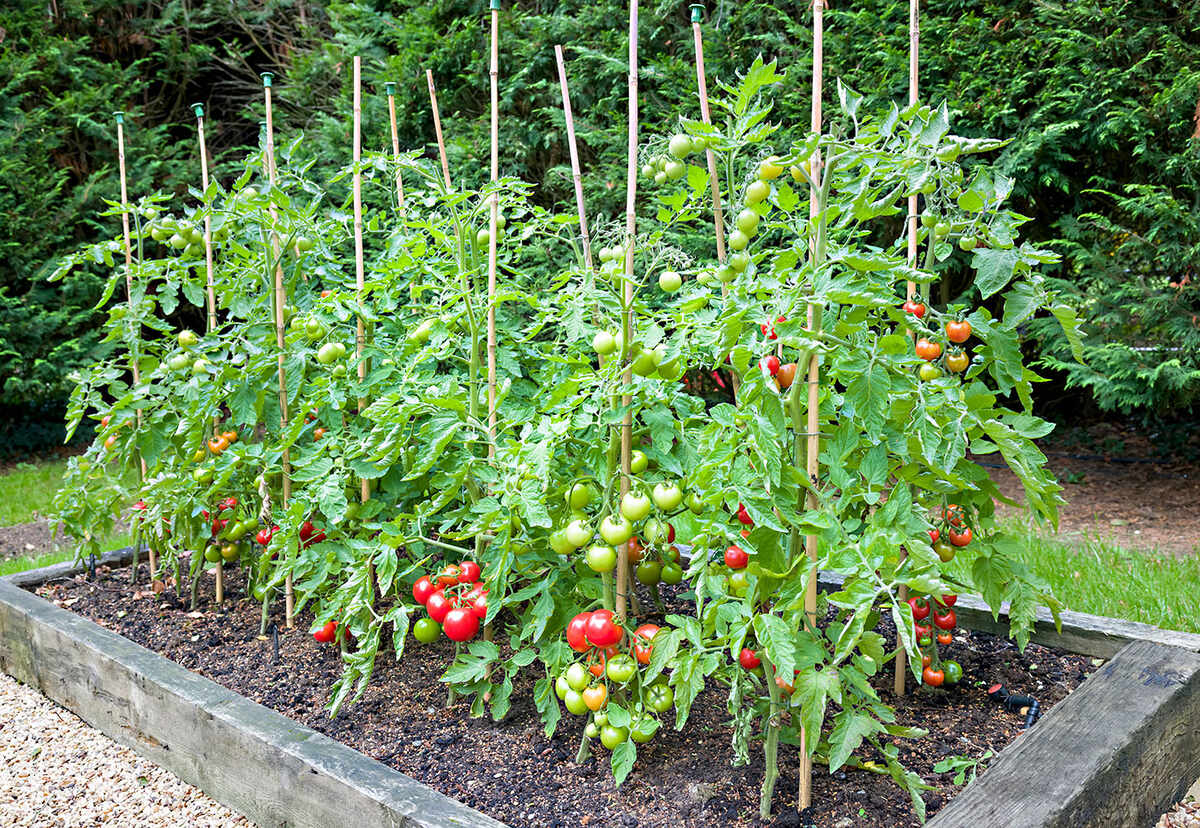
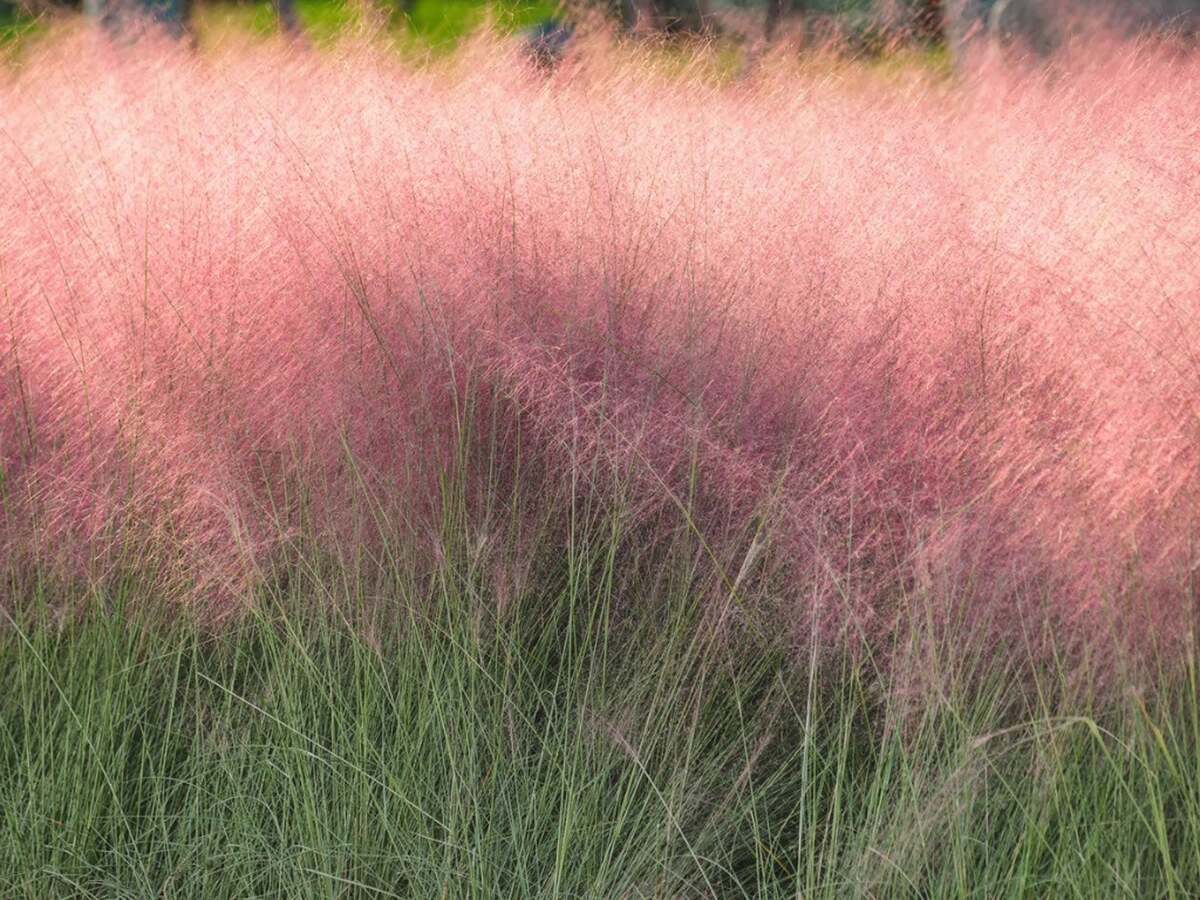
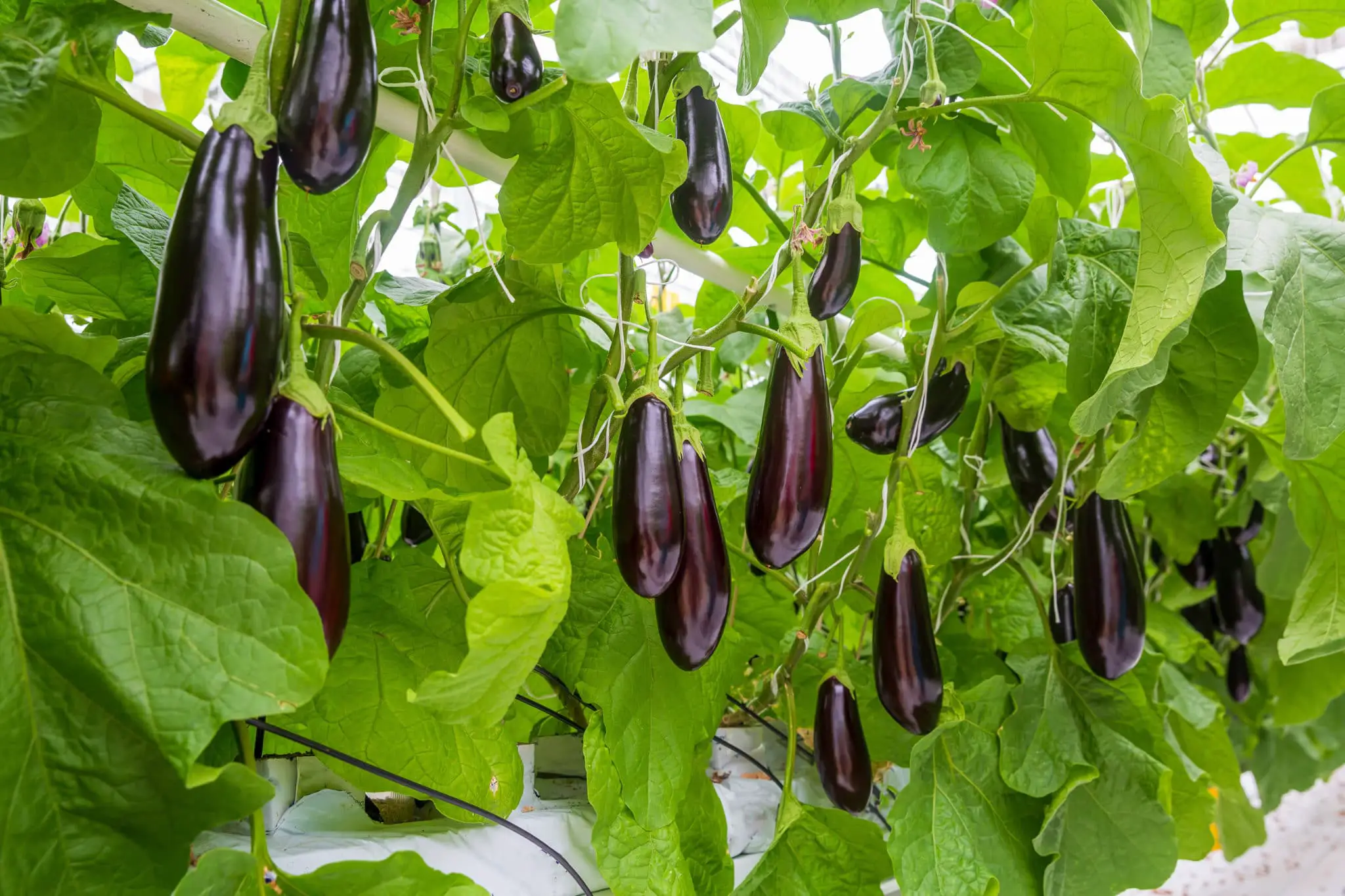
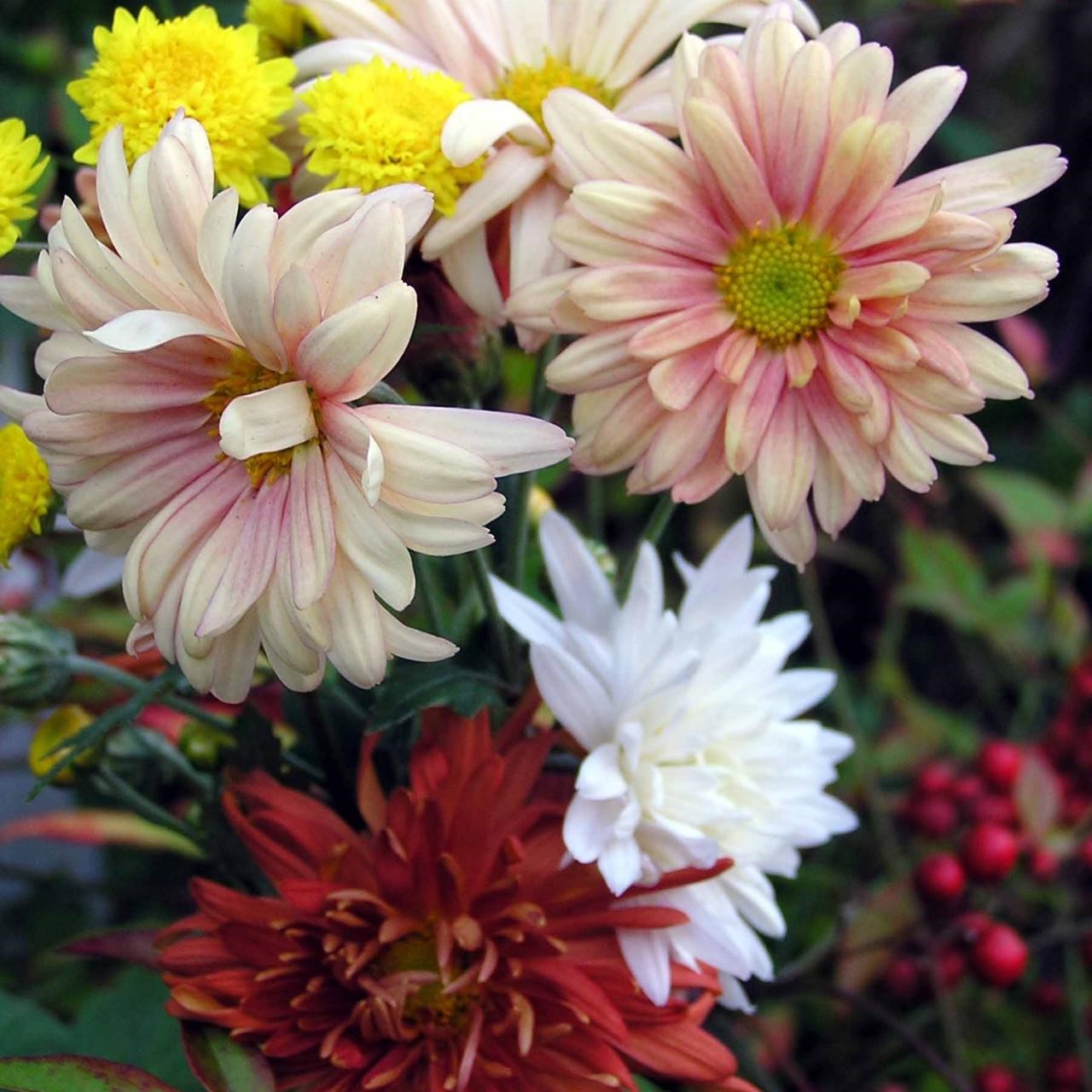

0 thoughts on “How Big Does Pink Muhly Grass Get”